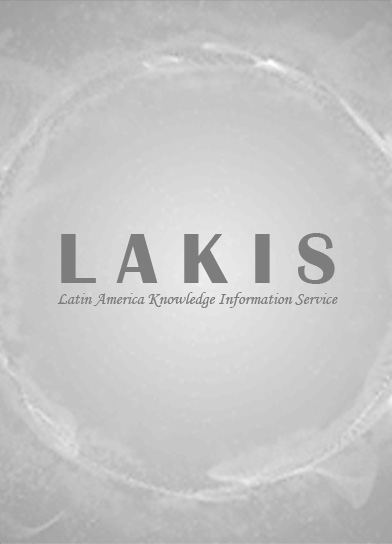My own two trips to Rio have been in the latter half of June 2008 and the same period in 2006, that is to say in what passes for mid-winter there. This obviously does not make me any kind of comprehensive expert on the city nor on the various outlying spots I was able to get to, but I had expert guidance from a resident travel writer and I packed quite a lot into my time there, so perhaps I can be of some assistance.
Frommer's portable guide seems rather a good little book to me. It is a handy pocket size, it covers a lot of topics and the advice offered is concise and sensible. It hardly needs saying that the remarks on currency-exchange are best disregarded in the present world situation. Rio was inexpensive by my standards in 2006, but a lot less so in 2008, with 5% inflation in Brazil's `tiger' economy and the £ sterling nosediving. However unless something really appalling overtakes what I am saying, it should still be affordable on a moderate income. Take good notice of what the book says about arrival. Rio airport is a bit scruffy by European or American standards, but the customs and immigration process is efficient, and they were able to clear a 450-seat jumbo jet in not much more than half an hour. On no account lose the form with the green printing, or you will face problems when trying to leave. Battle your way through the innumerable taxi-touts and get a prepaid taxi from one of the women yelling at you from behind the glass panels. It will cost you twice what your taxi from a rank will cost on the way back, but just go along with that. Carry a reasonable amount of reais for immediate purposes, but a good rule in Rio generally is not to carry more cash than you can afford to be robbed of. Other good advice in the book is to take more than one credit/debit card, as the card-reading machines are temperamental - I had a nightmare experience with them at the bus station (rodoviaria) and unpredictable difficulties in other places.
Tap-water is probably safe, but even the restaurants make their ice from bottled water, and you can relax over your caipirinhas to that extent. Don't miss those, but if you want to make your own use a downmarket bottle of cachaca rum, not the kind that you can drink straight. There is always a risk of dengue fever, I gather, and no inoculation, but at least the dengue mosquitoes don't bite after dark. The book even offers pert modern advice on the best condoms, so be careful as Brazil has a very high rate of HIV infection. Even in winter, this is still the tropics and the temperatures are usually high. They were tolerable in flat Ipanema on my first visit, but the fearsome hills of picturesque Santa Teresa, where I went this year, will tax all but the fittest.
I am not from choice a hotels person, but the survey of Rio hotels seemed at least plausible from what I remember of the look of them. For a self-catering apartment in Ipanema I had excellent service from Gringo Management in the USA, and in Santa Teresa the beautiful Casa da Gi pousada (Rua Monte Alegre 470-101) can be strongly recommended. Avoid Centro hotels, I'd say. This can be a dangerous area even by daylight, especially near the Lapa arches. Rio restaurants are rather good so long as you don't expect glitz, but of course I had an expert guide. I ate in too many to remember all the names, but I support what the book says about the Aprazivel in Santa Teresa - not cheap but very good (even for vegetarians), and offering some interesting Brazilian white wine. Perhaps the book is a little hard on the Garota de Ipanema (Girl from Ipanema), which has at least a pleasant décor. `Quilo' self-service restaurants, where you are charged by weight (of the food that is, not your own avoirdupoids) abound, and my own experience suggests you would have a job finding a bad one. Believe what the book says about street food-stalls, which are often excellent. In particular chilled coconut juice from refrigerated carts can be a lifesaver downtown, and even better on the beaches, where they lop the top off a fresh coconut with a machete and stick a straw in it. Don't spill the juice on your clothes, as the stain is surprisingly stubborn. There are pubs and bars to suit every taste, and I would add to those mentioned in the book the Irish Bar in Ipanema and the delightful Bar Gomez in Santa Teresa.
Transport is surprisingly good, and while crossing streets needs care Rio is nowhere near as bad as Rome in that way. Bus drivers drive like Lewis Hamilton, but the metro is clean, speedy and efficient. Try the Bonde, the antiquated electric tram from Carioca up to Santa Teresa, and if you are brave enough you might want to hang off the external poles - I never heard of any injuries. Taxis are in general fine, and as with restaurants tipping is not required.
I am too old for festivals, but they know how to do those. The sights are fabulous, and the views from the Sugarloaf and Corcovado might be of another planet. The book is thorough regarding interesting buildings and places to visit. It's worth saying that the interior of the odd-looking cathedral is better seen on a dull day than on a bright day. Try to get to ancient Paraty (4 hours on the bus), to Ilha Grande and to the little holiday island of Paqueta.
This is a place that takes a hold of you, and this little book is not a bad introduction.



